Have you ever seen an engine rating drop drastically in horsepower from one year to the next before the advent of net horsepower ratings? Our Pick of the Day features a solid-lifter big-block that experienced exactly that, dropping 50 horsepower from 1965 to 1966, even though they were mostly identical. How could that be? Let us tell the tale of the L78 396 as installed in this 1969 Camaro SS convertible. It is listed for sale on ClassicCars.com by a dealer in Scottsdale, Arizona.
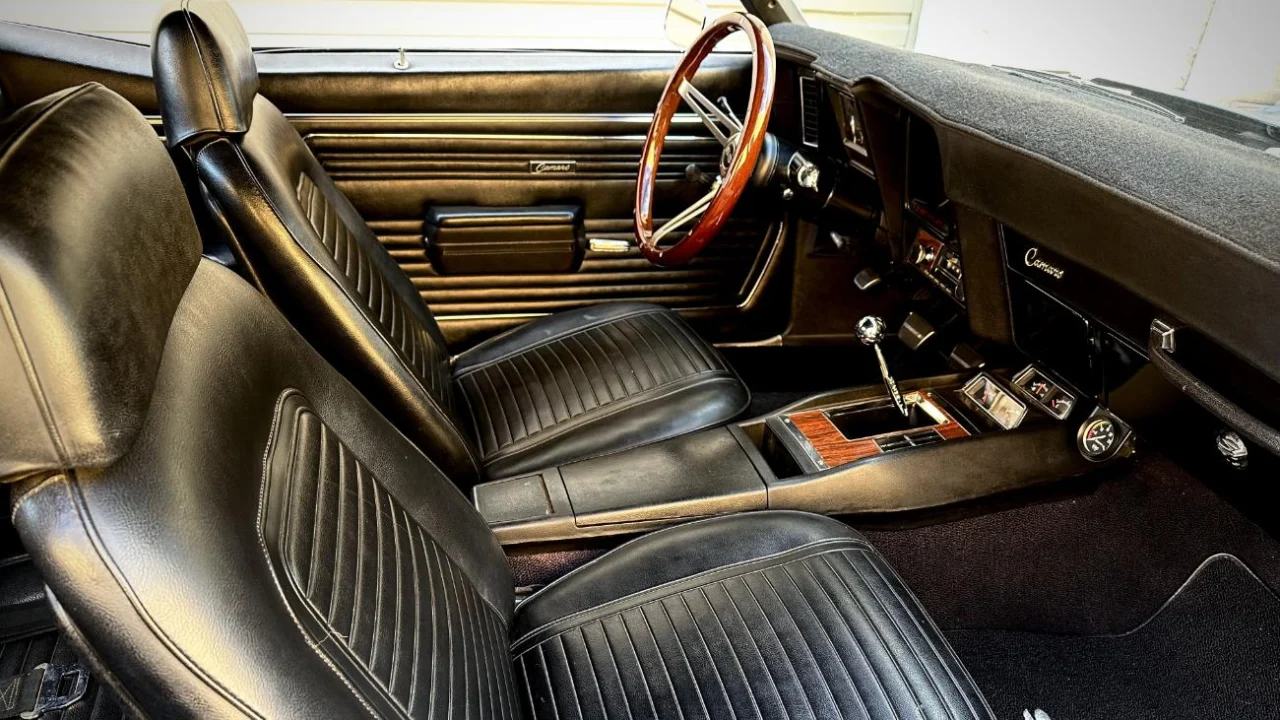
When Chevrolet introduced the 396 to replace the 409 in January 1965, it was a breath of fresh air (pun not intended) as Chevrolet had been busy working on an improved big-block. The “Mark IV” engine had been through several experimental iterations, though Chevrolet’s reaffirmation of the Automotive Manufacturers Association racing ban didn’t help. However, the wait for the new engine paid off for both regular consumers and enthusiasts.
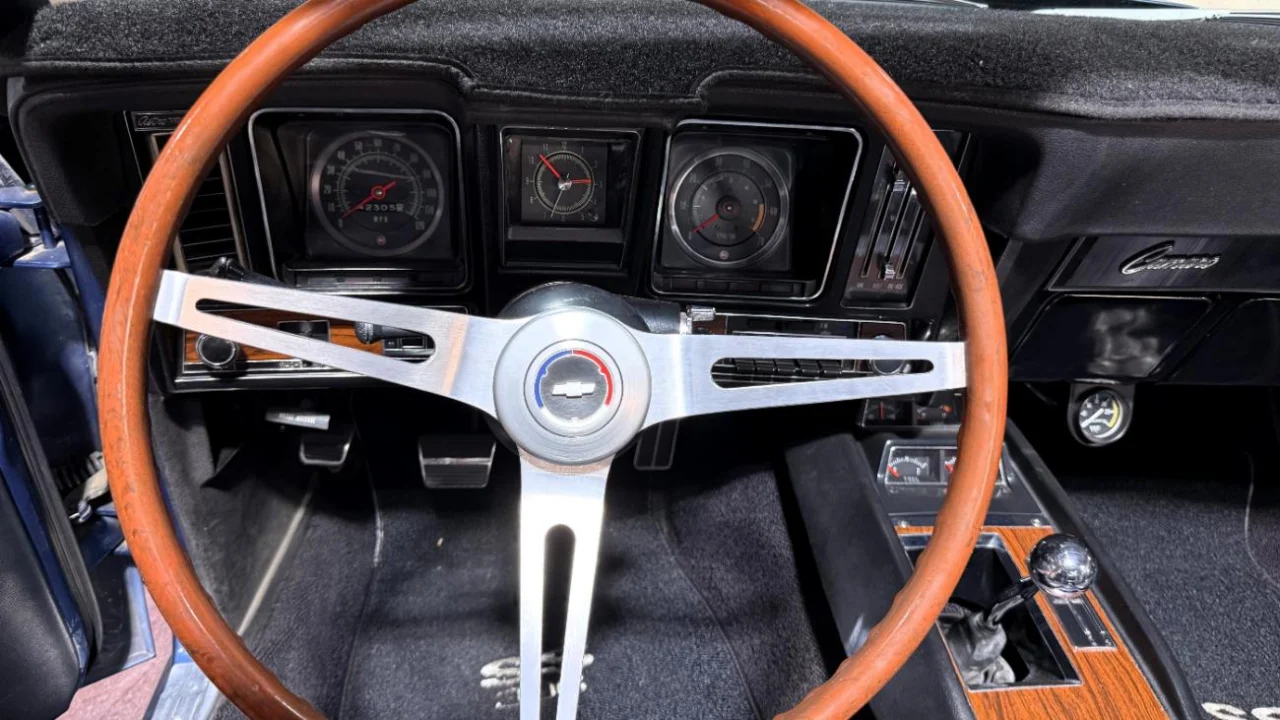
Like many manufacturers, Chevrolet was increasing the size and power of its engines to handle more accessories, like air conditioning, while not hurting performance. True, the 409 was bigger than the 396, but it featured better breathing thanks to its “porcupine” cylinder heads. Out of the gate, there were two versions of the 396: a hydraulic-lifter version (L35) with 325 horsepower, and a solid-lifter version (L78) with 425. The latter appeared as the first big-block Corvette, but it also was available on any full-size Chevrolet. For 1966, a 427 was added to the big-block roster, available with 390 horses (L36, with hydraulic lifters) and 425 horses (L72, with solid lifters). The L35 remained, while the L78 didn’t quite disappear.
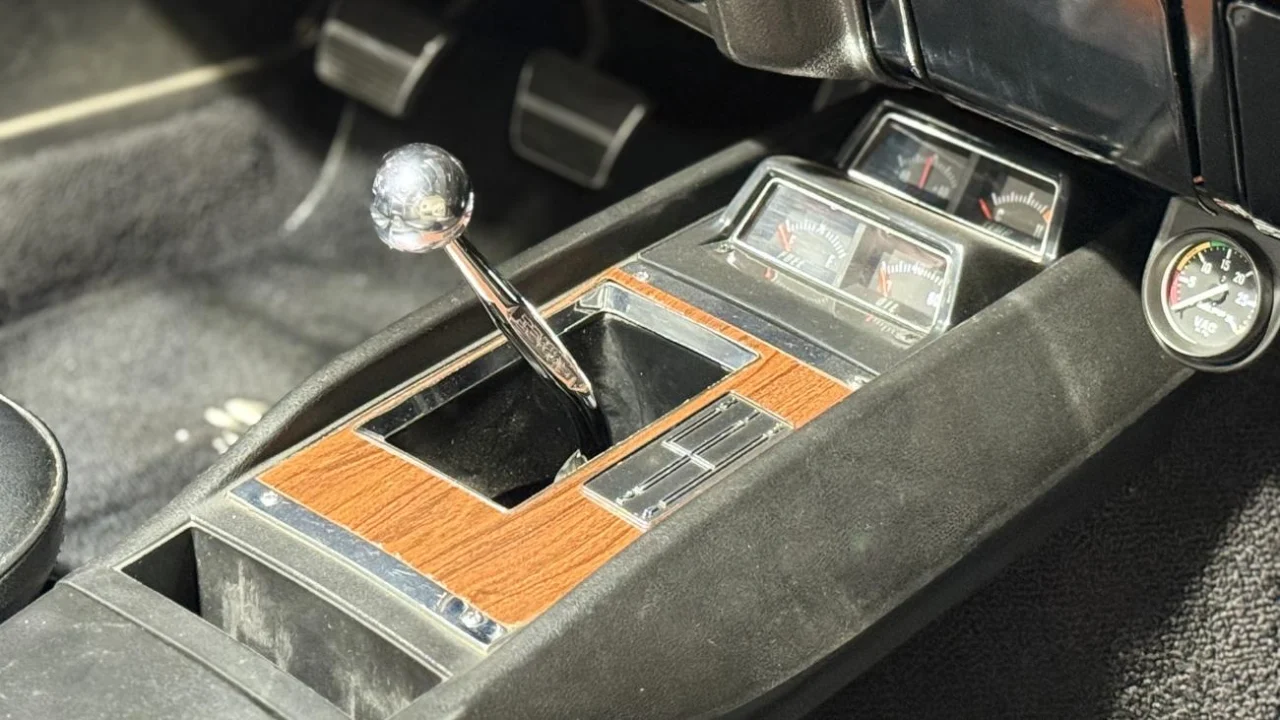
New for the Chevelle was the SS 396 model, available in three flavors: L35 396 was standard, while a 360-horse L34 was optional and, soon, the L78 was available. No, it was not rated at 425 horsepower—this time it was rated at 375 horses. Why the drop? It happened on paper, and due to a rumored edict (have you ever seen docs on it? Let us know!) that limited the amount of horsepower by weight. In the case of the L78 SS 396, that was about 10 hp/lbs.
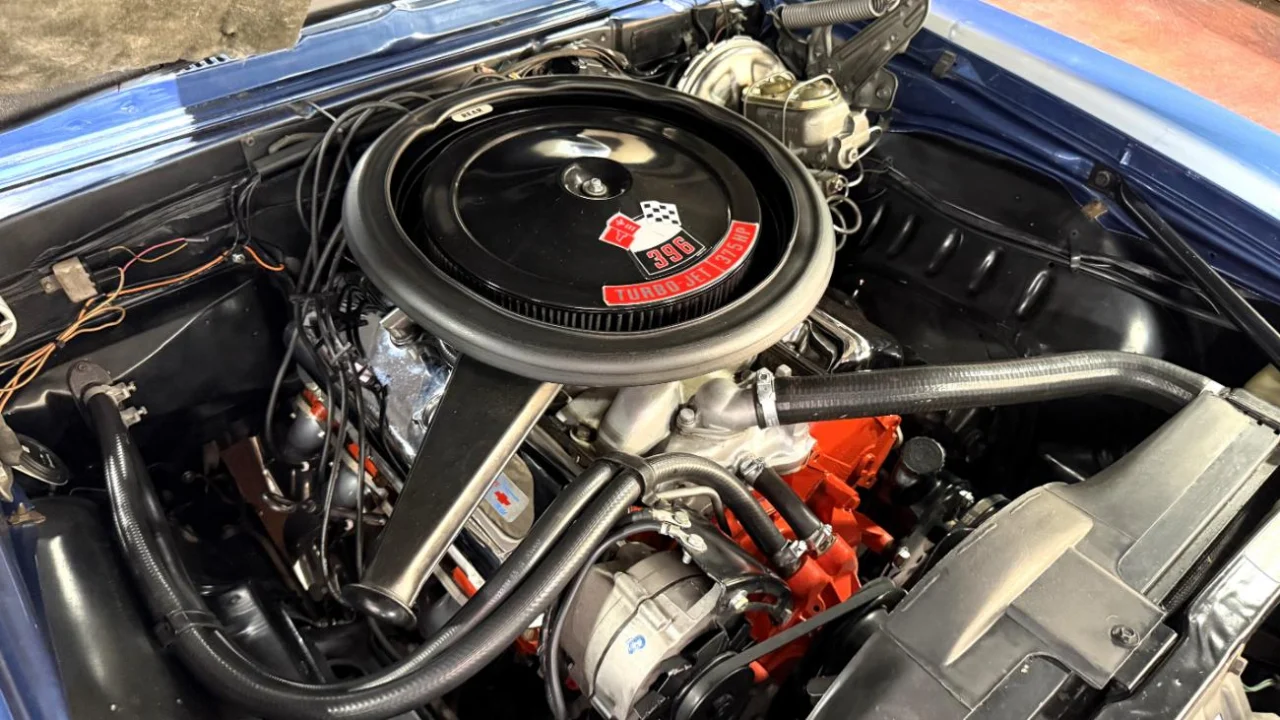
The L78 was introduced mid-year for the 1967 Camaro SS and then the 1968 Nova SS, and advertising often left out the engine as it was flaunting GM’s internal rules. However, the secret was out, and a good number of people bought L78 cars despite it being on the downlow.
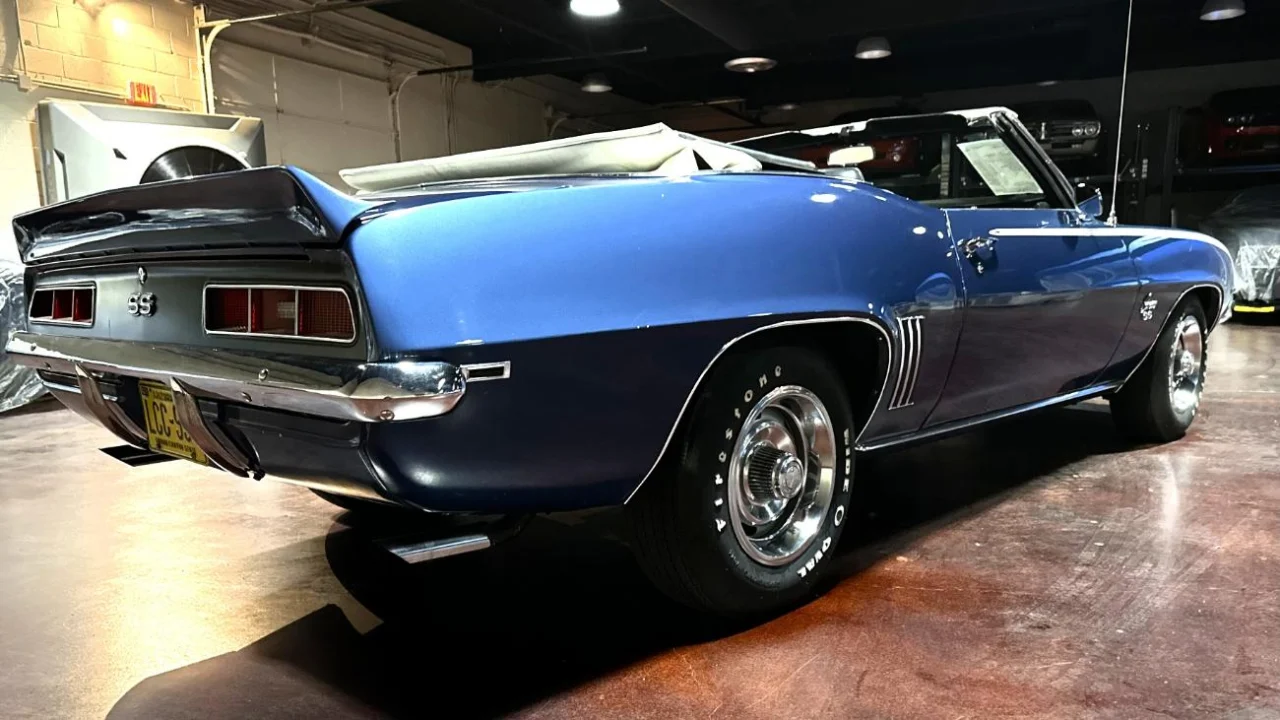
This 42,000-mile 1969 Chevrolet Camaro SS is one of 3,823 built for 1969, but it’s unknown how many of those were convertibles—you can bet it’s not many. A solid-lifter ragtop is a beautiful thing, ain’t it? This one’s painted Dusk Blue and has the standard black interior and white top. Nineteen sixty-nine was the first year for an automatic behind the L78, but most had a four-speed like this one. Other features include console with gauges, tachometer, clock, N34 three-spoke woodgrain steering wheel with N33 tilt column, Rallye wheels, D80 rear spoiler, and Cowl Induction. Note the X66 code on the data plate too! “The car has recently undergone a complete thorough inspection and appraisal process, and a large binder contains all of the car’s casting numbers, stamps, and codes,” says the seller.
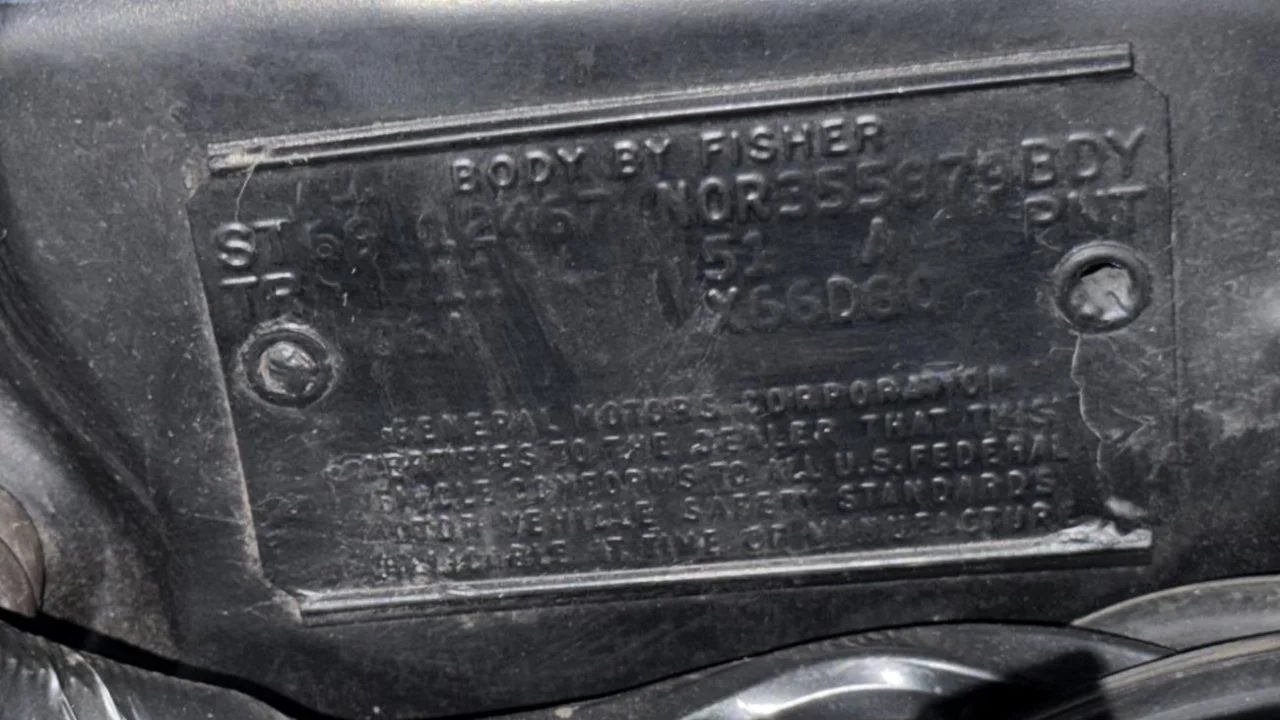
So does the L78 really put out 425 horsepower? That’s never been fully established, but you can bet that if you put your mind to it when you floor the gas pedal, beautiful things may manifest.
Click here to view this Pick of the Day on ClassicCars.com

